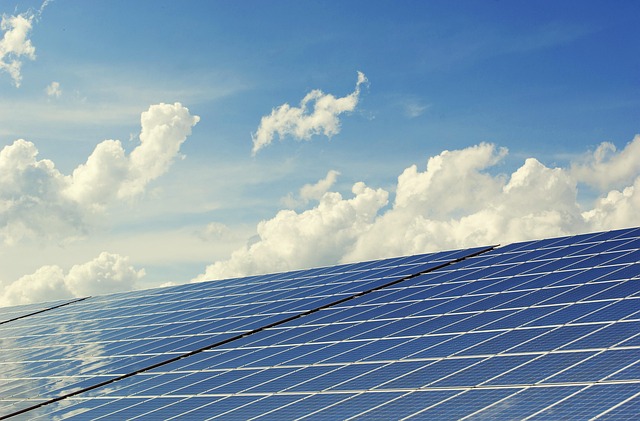Route Planning to Maximise Onboard Energy Harvest During Voyages
Effective route planning can significantly increase the energy harvested onboard photovoltaic-equipped vessels by aligning navigation choices with weather, daylight and operational constraints. This article outlines practical strategies for maritime operators to optimise renewable energy collection, manage batteries and storage, adapt propulsion and electrification settings, and address maintenance and regulations for sustained efficiency.

Route planning directly affects how much renewable energy a vessel can harvest during a voyage. Beyond installing photovoltaic arrays, operators must plan courses that balance distance, time, weather windows and port schedules to preserve energy for propulsion and onboard systems. Strategic routing reduces reliance on shore charging or auxiliary engines, improving sustainability and operational efficiency while prolonging battery life and lowering maintenance demands.
Photovoltaic orientation and coverage
Optimising photovoltaic placement and coverage is a first step, but planning routes to avoid persistent shading matters as much. On deck, panels should be sited to minimise shading from superstructure and rigging during typical headings. Route choices that favour open-water legs during peak daylight hours increase incident irradiance and energy yield. For vessels that transit variable latitudes, seasonal sun angle changes alter optimal tilt and orientation; adjusting schedules and routing to coincide with higher sun elevation can yield measurable gains in onboard energy production.
Navigation choices and weather planning
Navigation that accounts for cloud cover, swell and wind can increase net energy harvest. Route planning tools that integrate short- and medium-range weather forecasts help identify windows of high insolation and calmer seas that reduce pitching-related shading. Avoiding long stretches of overcast conditions when possible and timing departures to coincide with favorable solar windows enhances daytime charging. Additionally, slight course alterations that add minimal distance but avoid continental shadows or persistent fog banks often increase net energy collected without major schedule impacts.
Electrification and propulsion adjustments
Electrification strategy and propulsion tuning are essential complements to harvested energy. Adaptive propulsion control—such as limiting peak power draw during low-harvest periods, using eco-speed modes or implementing hybrid drive schedules—lets crews match propulsion demands to available solar input. Planning routes with predictable, low-demand legs allows batteries to recuperate; conversely, anticipated high-demand transits (e.g., against currents) should be scheduled when charging potential is high. Integrating energy-aware speed profiles into navigation plans improves overall voyage efficiency.
Batteries, storage and charging management
Battery management and onboard storage decisions influence how effectively harvested energy is used. Route plans should consider charging opportunities and storage state-of-charge to avoid cycling batteries inefficiently. For multi-day voyages, schedule periods of lower load where photovoltaic harvest can top up batteries gradually, reducing stress and improving lifespan. When possible, coordinate routing with port calls that offer shore charging to supplement onboard harvest, and maintain charging schedules that prioritise storage for propulsion and critical systems rather than non-essential loads.
Retrofit options and maintenance planning
Retrofitting existing vessels with photovoltaic systems and upgraded storage often requires integrated route and maintenance planning. Choose retrofit configurations that minimise weight and aerodynamic drag and plan routes that leverage newly installed panels. Maintenance windows should align with port stops and calmer sea legs to allow cleaning, inspection and minor repairs, which preserve efficiency. Proactive maintenance schedules reduce degradation of panels and batteries, so route planners should factor anticipated servicing into voyage itineraries to sustain long-term energy yield.
Regulations, sustainability and operational efficiency
Regulatory frameworks and sustainability targets can shape route planning choices. Compliance with maritime regulations on emissions and energy reporting may incentivise routes that prioritise renewable harvest and reduced fuel use. Documenting energy performance across planned routes helps demonstrate sustainability gains and supports certification efforts. Efficiency metrics—such as harvested energy per nautical mile—should inform navigation strategies, balancing regulatory requirements, commercial schedules and operational safety while maximising onboard renewable contribution.
Conclusion Maximising onboard energy harvest during voyages requires integrating photovoltaic system design, weather-aware navigation, electrification and propulsion management, prudent battery and storage practices, retrofit-friendly maintenance planning, and awareness of regulations affecting maritime operations. Route planners and vessel operators who align these elements can increase renewable energy contribution, improve efficiency and extend component life, supporting more sustainable and resilient maritime operations without compromising safety or reliability.






